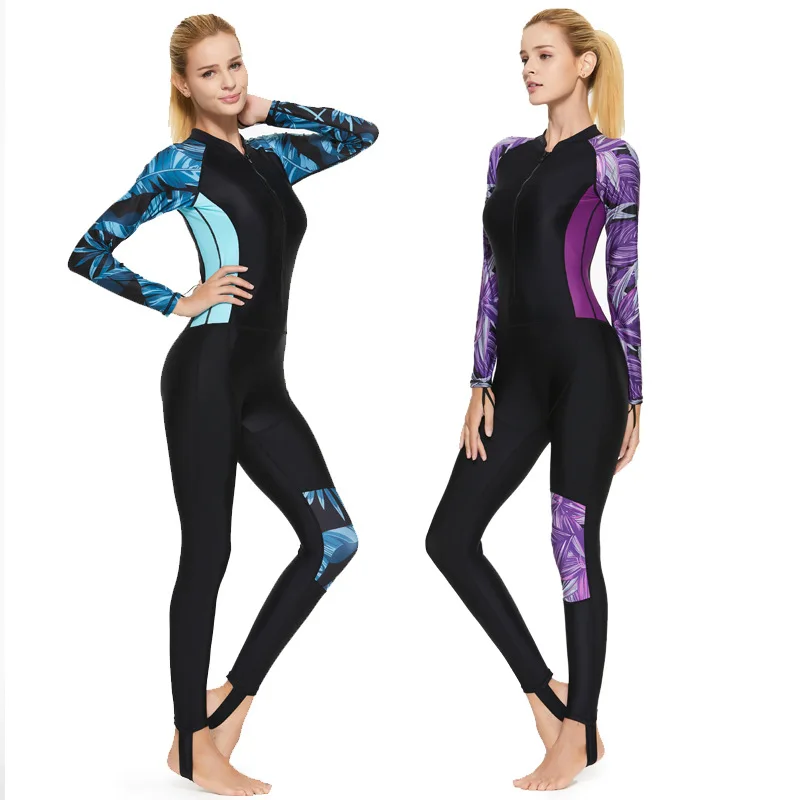ABOUT
Shark Sporting Goods Co., Ltd is a leading manufacturer and supplier of high-quality water sports gear. Based in Dongguan, China, we specialize in providing innovative and durable products tailored for professional athletes and recreational enthusiasts alike. Our extensive product range includes wetsuits, swimwear, and various accessories designed to enhance performance and comfort in water activities.
At Shark, we are committed to quality, sustainability, and customer satisfaction. Our state-of-the-art production facilities and rigorous quality control processes ensure that every product meets the highest industry standards. We pride ourselves on our ability to offer customized solutions and OEM services to meet the unique needs of our partners.
With a strong emphasis on research and development, we continually strive to push the boundaries of design and technology in the water sports industry. Whether you're a retailer or an OEM partner, Shark Sporting Goods Co., Ltd is your trusted partner for quality water sports equipment.
PRODUCTS
"The Evolution of Swimwear: From Vintage to Modern Styles"
Swimwear, a garment designed for aquatic activities, has undergone a remarkable evolution throughout history, reflecting societal norms, fashion trends, and changing perceptions of the human body. From the modest and practical attire of the Victorian era to the daring and revealing styles of the modern era, swimwear has served as a canvas for innovation, expression, and the celebration of the human form.
The Victorian Era: Modesty and Practicality
In the Victorian era, swimwear was primarily focused on modesty and practicality. Women were expected to cover their bodies completely, and swimming was considered a strenuous activity best suited for men. Swimsuits for women typically consisted of long, heavy wool dresses or bloomers worn over multiple layers of undergarments. These garments were cumbersome and restrictive, making swimming a challenging endeavor.
Men's swimwear during this period was more functional, often consisting of tight-fitting woolen trousers and shirts. These suits were designed for practicality rather than style, and the focus was on staying warm and dry rather than showcasing the body.
The Early 20th Century: The Rise of the Bathing Suit
The early 20th century witnessed a significant shift in swimwear fashion. The invention of new fabrics, such as silk and rayon, allowed for lighter and more comfortable garments. The emergence of the "bathing suit," a one-piece garment that covered the body from the shoulders to the knees, marked a departure from the multi-layered attire of the Victorian era. The bathing suit became increasingly popular among women, offering a greater degree of freedom and movement in the water.
Men's swimwear also evolved, with the introduction of swim trunks that were shorter and more revealing than the woolen trousers of the Victorian era. These swim trunks were made from lightweight materials, allowing for greater comfort and ease of movement.
The 1920s: The "Flapper" Era and the Rise of the Bikini
The 1920s, known as the "Roaring Twenties," ushered in a period of social and cultural change, including a significant shift in swimwear fashion. The rise of the "flapper" culture, characterized by its rebellious and liberated spirit, influenced women's attire, including swimwear. Bathing suits became shorter, revealing more of the legs and arms. The introduction of the bandeau top, a strapless bra-like top, further liberated women from the constraints of traditional corsetry.
While the bikini was not yet in existence, the 1920s saw the emergence of two-piece swimwear, with the top and bottom separated by a small piece of fabric. This innovation paved the way for the eventual arrival of the bikini.
The 1940s and 1950s: The Bikini Era
The bikini, a two-piece swimsuit that exposes the midriff, was invented in 1946 by French designer Louis Réard. Initially met with controversy and opposition, the bikini gradually gained acceptance and became a symbol of freedom and sensuality. The 1950s witnessed a surge in popularity for the bikini, with Hollywood stars embracing the garment and showcasing its allure. The bikini quickly became a staple of beachwear, and its popularity has continued to grow ever since.
The 1950s also saw the introduction of the "tankini," a two-piece swimsuit that combines a tank top with bikini bottoms. The tankini offered a compromise between the modesty of a one-piece and the style of a bikini.
The 1960s and 1970s: The Rise of the "Thong" and "String Bikini"
The 1960s and 1970s were marked by social and cultural upheavals, and swimwear reflected these changes. The rise of the "thong" and "string bikini" pushed the boundaries of modesty, emphasizing a minimalist approach to swimwear design. These styles, often made from synthetic materials like nylon and spandex, were characterized by their revealing nature and their emphasis on the body's contours.
The 1980s and 1990s: The Rise of Aerobics and High-Tech Fabrics
The 1980s and 1990s saw a renewed focus on fitness and health, and swimwear reflected these trends. The rise of aerobics and other fitness activities led to the development of swimwear designed for performance and comfort. High-tech fabrics, such as Lycra and nylon, were introduced, offering increased stretch, durability, and chlorine resistance. These materials allowed for swimwear to be designed with a greater emphasis on function and performance.
The 21st Century: Diversity and Inclusivity
The 21st century has seen a significant shift in swimwear fashion, embracing diversity and inclusivity. Swimwear is now available in a wide range of styles, colors, and sizes, catering to a broader range of body types and preferences. The emphasis has shifted from simply covering the body to celebrating and empowering individuals of all shapes and sizes.
The evolution of swimwear has been a fascinating journey, reflecting the changing norms, fashion trends, and cultural influences of the past century. From the modest and practical attire of the Victorian era to the daring and revealing styles of the modern era, swimwear has served as a canvas for innovation, expression, and the celebration of the human form.
SUBSCRIBE
INQUIRY








